We’re seeing a big change in healthcare thanks to remote patient monitoring (RPM) and telehealth. RPM lets doctors check on patients from afar. They use digital tools to get vital signs and other important data. Then, they can act quickly to help patients better.
Using RPM and telehealth, doctors can make patients healthier and save money. Our guide will show you how RPM is changing healthcare.
RPM is a big part of telehealth, which offers many healthcare services online. We’ll look at how RPM is changing how doctors care for patients. And how patients are getting better care thanks to this new tech.
Key Takeaways
- Remote patient monitoring (RPM) is changing healthcare by making care available from anywhere.
- RPM is a key part of telehealth, which includes many online healthcare services.
- With RPM and telehealth, doctors can make patients healthier and save money.
- RPM uses digital tools to get patient data, like vital signs, for quick action.
- Our tutorial will give you insights into RPM’s benefits and how to use it in healthcare.
- RPM is set to change how doctors care for patients and how patients get care.
Understanding Remote Patient Monitoring and Its Revolutionary Impact
Healthcare is changing fast, thanks to virtual healthcare and remote monitoring. This change lets doctors give patients more tailored and effective care. At the heart of this change is Remote Patient Monitoring (RPM). It lets doctors track patient data from afar and make smart choices.
RPM uses digital tools like wearable sensors or apps to gather data. This data is then sent to a central place for review. This way, doctors can spot health problems early and stop them from getting worse. Telemedicine, a part of telehealth, also helps by allowing doctors to consult patients online.
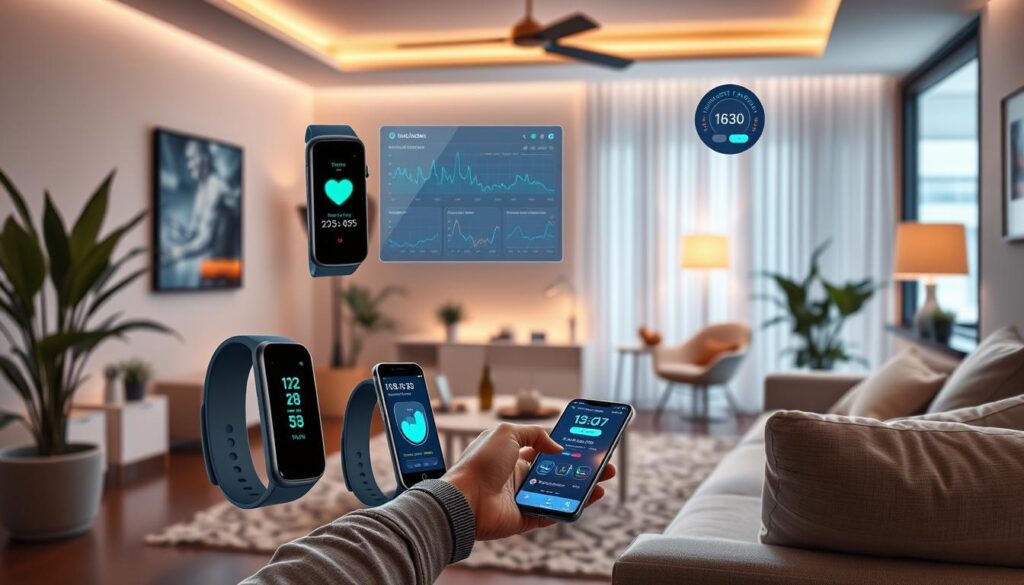
- Improved patient outcomes
- Reduced hospital readmissions
- Enhanced patient engagement
By using virtual healthcare and remote monitoring, doctors can make care more focused on patients. As we move forward, it’s key to grasp what RPM systems are and how they help better care for patients.
Implementing Remote Patient Monitoring in Healthcare Practice
We know how vital it is to add digital health solutions to healthcare systems. This makes patient care better. Remote monitoring technology helps healthcare providers work more efficiently, save money, and get better results. It lets them collect data in real-time, which helps catch problems early and avoid bigger issues.
When we start using remote patient monitoring, we must think about what the healthcare organization and its patients need. We need to pick digital health solutions that work with current electronic health record (EHR) systems. The right technology, like wearable devices or mobile apps, depends on the patients and health conditions being monitored.
Some important things to think about include:
- Training healthcare staff on the use of remote patient monitoring systems
- Ensuring patient comfort and familiarity with the technology
- Selecting digital health solutions that support remote monitoring technology
By using remote patient monitoring and digital health solutions, healthcare providers can make patient care better, save money, and make clinical work easier. As healthcare keeps changing, it’s key to use remote monitoring technology and digital health solutions to get better health results.

The Future of Digital Healthcare Delivery
Looking ahead, Remote Patient Monitoring (RPM) and telehealth services will be key. They will shape how we get healthcare online. RPM systems will get smarter, using AI and ML to help doctors make better plans for patients.
Virtual healthcare will become even more important as people want easier access to care. RPM will help doctors give care that prevents problems and improves health. This way, we can make healthcare better, more focused on patients, and more efficient for everyone.

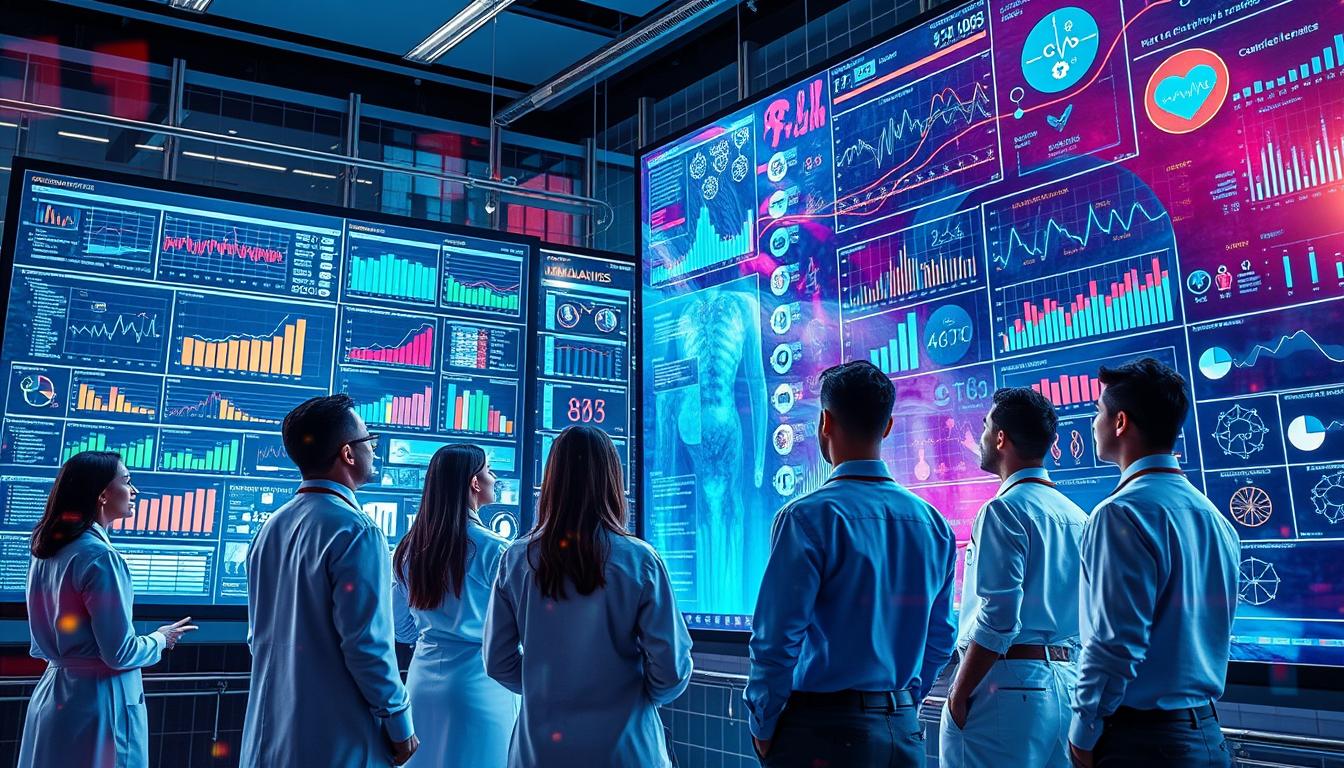

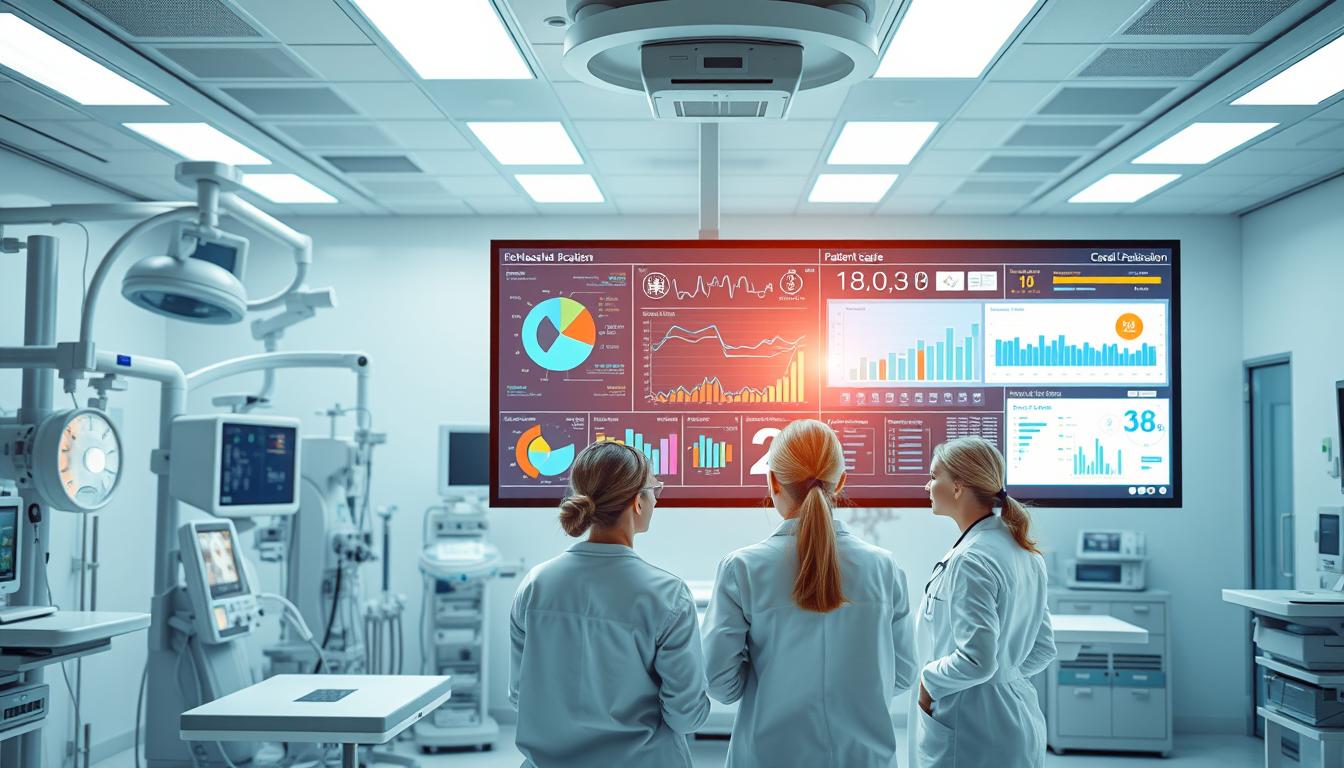

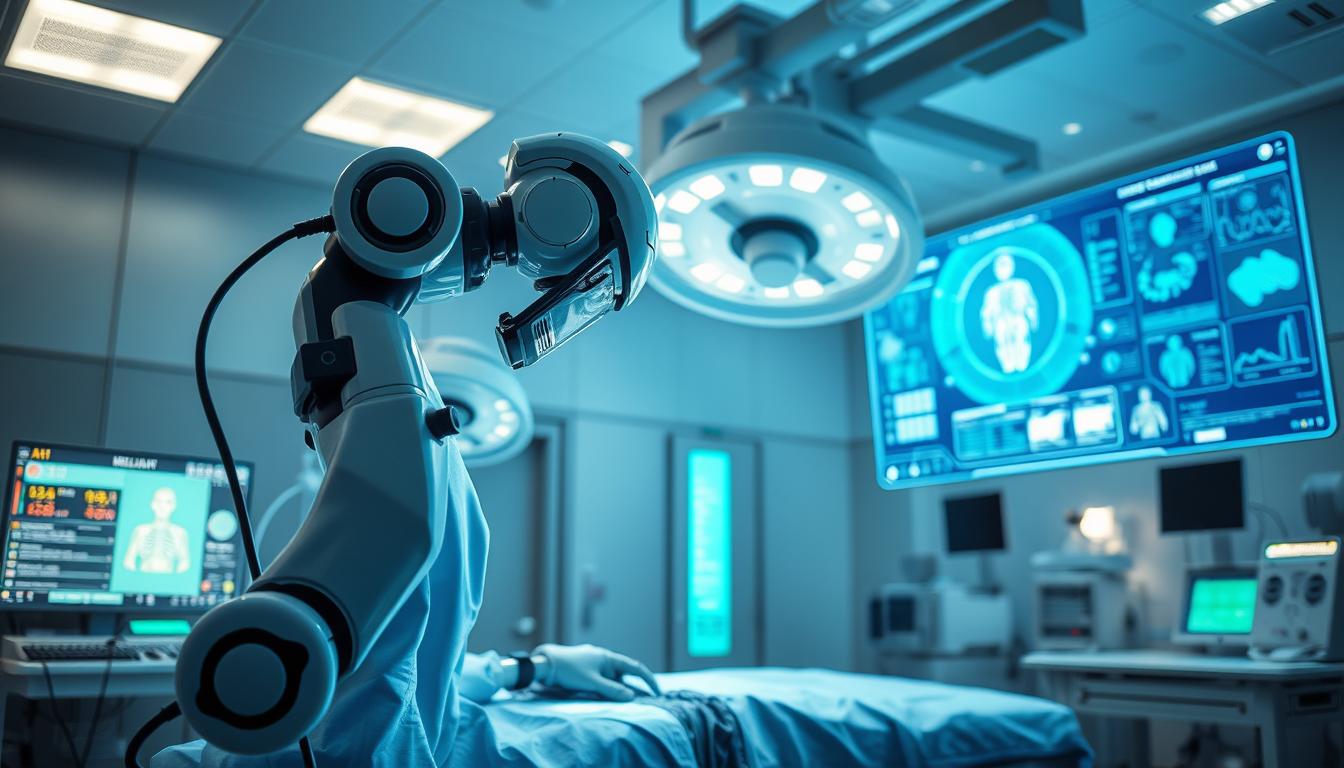

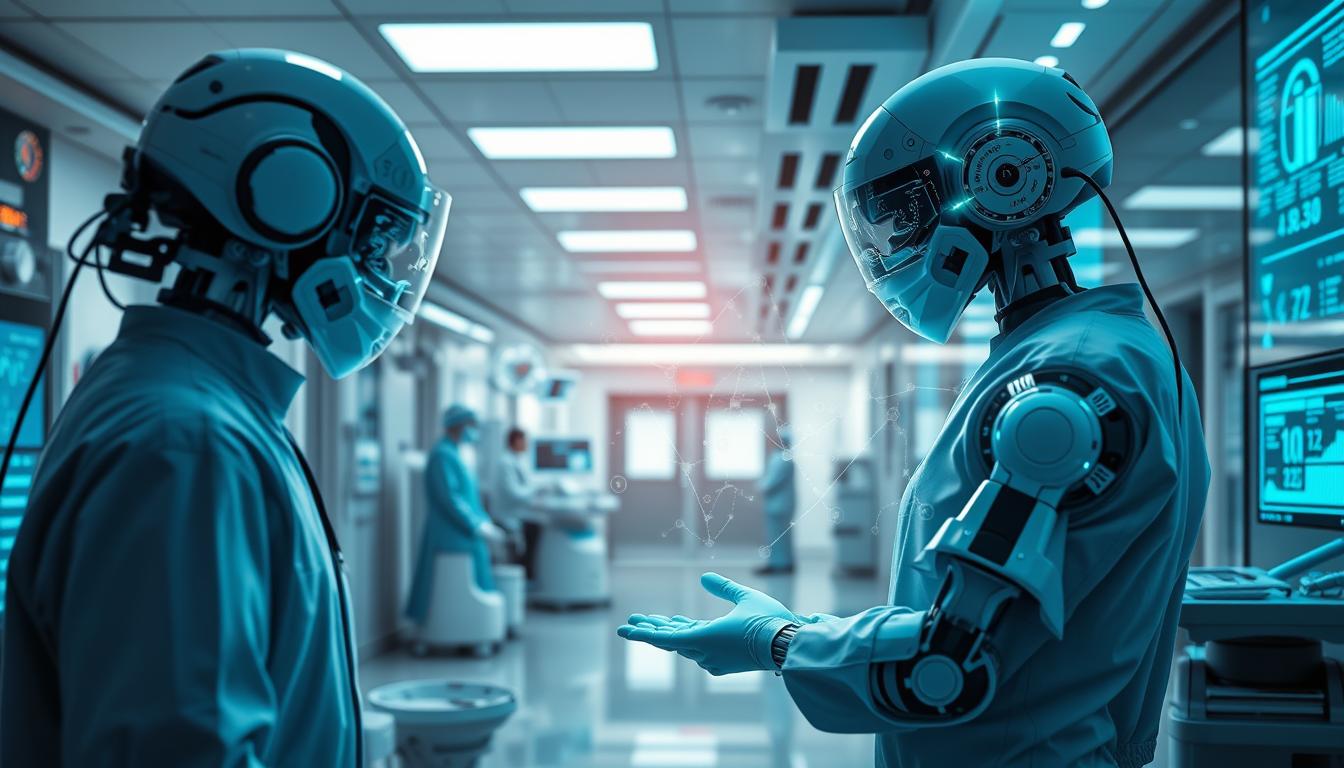



Leave a Reply